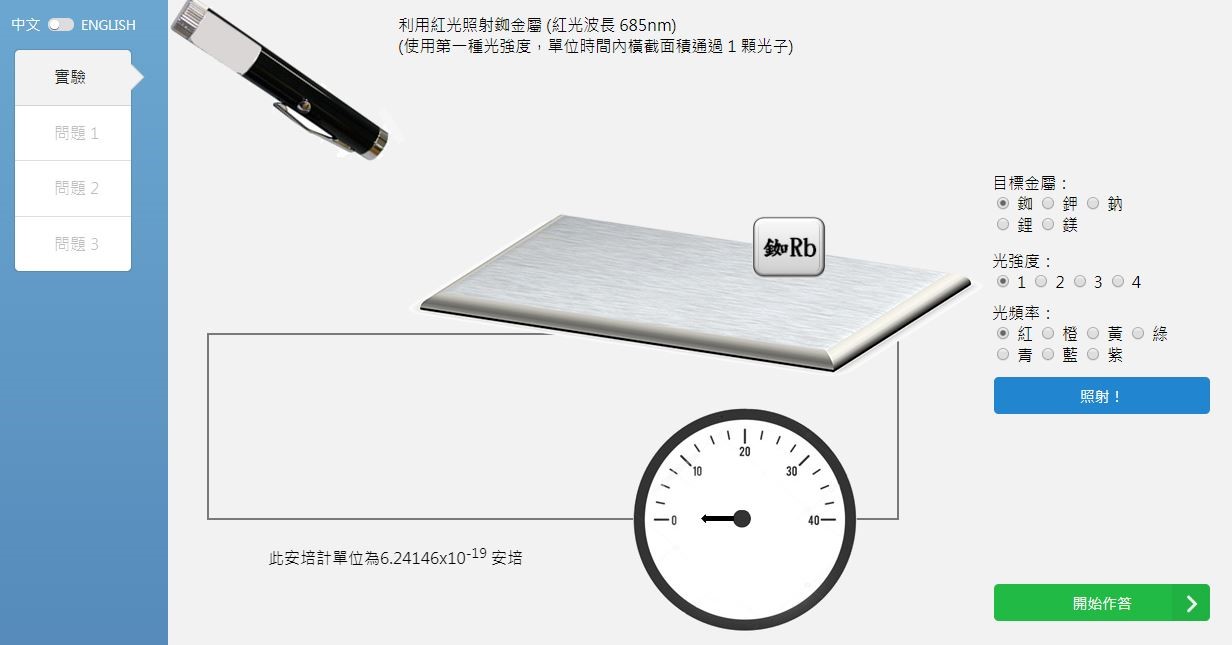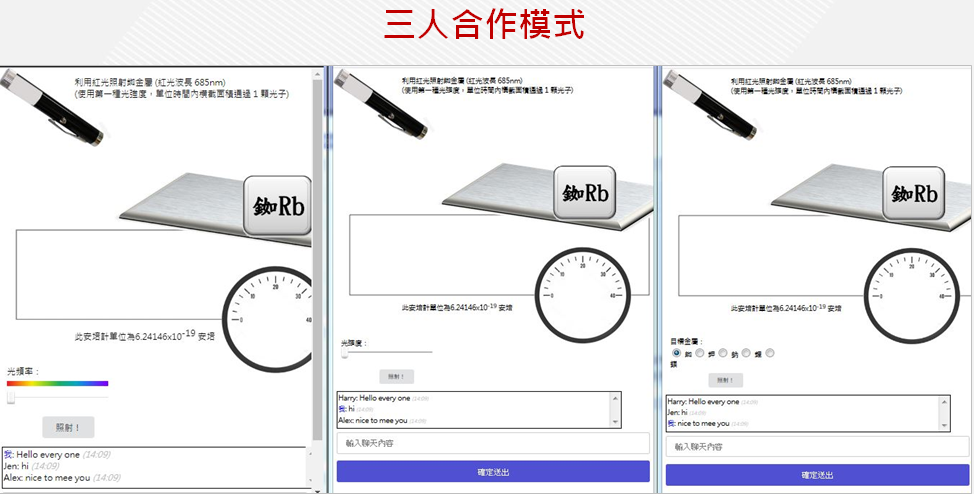Create Regional Revitalization Business with the Help of Science and Technology

Author(s)
Chun-Yen ChangBiography
Dr. Chang is a science education scholar in Taiwan. Currently, he serves as National Taiwan Normal University (NTNU) Chair Professor and Director of the Science Education Center. Over the past few years, he has been a Visiting Professor at the the Education University of Hong Kong and the Paris 8 University.
Academy/University/Organization
National Taiwan Normal UniversitySource
https://www.ccr.tw/en/
https://ccr.tw/-
TAGS
-
Share this article
You are free to share this article under the Attribution 4.0 International license
- HUMANITIES & SOCIAL SCIENCES
- Text & Image
- November 22,2019
An advanced version of a web-based instant response system, CloudClassRoom (CCR), which incorporates gaming features (competitive and mentally stimulating) entitled GEARS (Gamified Electronic Audience Response System), has been developed by Dr. Chun-Yen Chang’s research team. CCR-GEARS is written in HTML 5.0 and works on every Internet-capable device without software or plug-in installation. CCR enables teachers and students to participate in question-answering activities by using their own mobile devices, such as laptops, smartphones, or tablets. By this means, every student in the classroom can express their thoughts instantly as well as anonymously. CCR provides the teacher with a rough picture of student learning progress in real-time. Leveraging the capacity of mobile devices, CCR supports text and multimedia responses. We recently added a gaming feature (GEARS) to CCR, which, to the best of our knowledge, is the first instance in the world of incorporating gamification into an Instant Response System. GEARS encompasses the following functions: 1) learners will gain points when providing a correct answer; 2) learners may use the earned points to exchange ‘weapons/props’ to answer the following questions; 3) the weapons/props enable the features of ‘time extension’, ‘option deletion’, ‘the whole-class answer patterns’ and ‘peek into someone else’s answer’; 4) a completion board is renewed after each question, and finally 5) winners are able to ‘make’ their public statements. There will be more gaming functions added, and research conducted about this new adventure. Findings suggest that CCR can stimulate students’ learning motivation and improve their achievement in science.

Given the prevalence of smartphones, mobile devices, and access to high-speed Internet, an increasing number of K-12 schools are embracing the Bring-Your-Own-Device (BYOD) policy to make learning more engaging, enjoyable, and effective. In keeping with this trend, edtech offerings are being developed to transform smartphones into powerful interactive tools for classroom learning. My team at National Taiwan Normal University developed one such tool, CloudClassRoom (CCR), which was featured as a mobile learning exemplar project in the 2019 EDUCAUSE Horizon Report Higher Education Edition.

To date, approximately 50,000 teachers and students have registered in CCR, and more than 500,000 classroom activities have been conducted using the technology. We designed it to work on every Internet-capable device without further software or plug-in installation, and it operates across platforms, including iOS, Android, and Windows. Once teachers connect their devices, they can easily initiate anonymous quizzes. In addition to the traditional, forced-choice answer format, we ensured that CCR would allow students to respond both verbally and visually, with short texts, pictures, or even emoticons. Students’ answers are then automatically aggregated in real-time and analyzed, which provides the teacher with a snapshot of their current learning progress. Animation-based questions and collaborative problem-solving animations are other features of CCR.



Incorporating cultural context to encourage participation
Especially within East Asian classrooms, where students are customarily silent and hesitant about expressing their ideas, CCR appears to be a promising tool that will improve interactivity. I am currently leading an international project to investigate the impact of CCR on classroom learning across Taiwan, Thailand, Vietnam, and other Asian countries. In these, high context, predominantly collectivist cultures, students are typically more sensitive about openly disagreeing with others, and decisions are frequently made collaboratively in a group setting.
We expect that the outcomes of incorporating CCR into classrooms in this region will further inform researchers, teachers, and policymakers regarding how to better leverage the potential of mobile technology in a way that boosts learning and teaching.
Not only does the use of CCR make conventional classroom teaching easier, but its newly developed Gamified Electronic Audience Response System (GEARS) also has the potential to make classroom teaching and learning more fun.
For teachers, GEARS enables a more diversified approach in posting questions to the class, and provides students with an exciting game playing experience through their responses. With GEARS, teachers can preset the following settings:
- Shortening or lengthening the permitted response time
- Providing rewards for students’ correct answers
- Selecting available props to be used in student answers
- Displaying students’ scores and rankings instantly
- Time Extension: students can extend the time allotted to provide answers.
- Answer Deletion: students can delete one of the answer options in a multiple-choice question.
- Answer Distribution: students can access an overview of the answer distribution for the whole class.
- Designation: students can opt to view a particular classmate’s answer.

STAY CONNECTED. SUBSCRIBE TO OUR NEWSLETTER.
Add your information below to receive daily updates.




